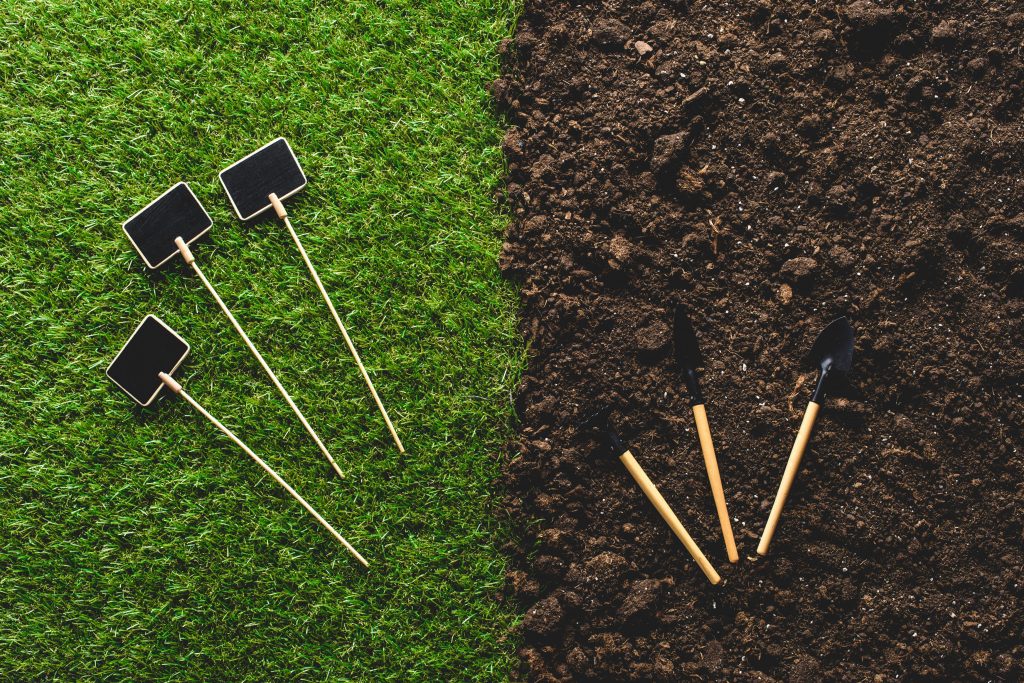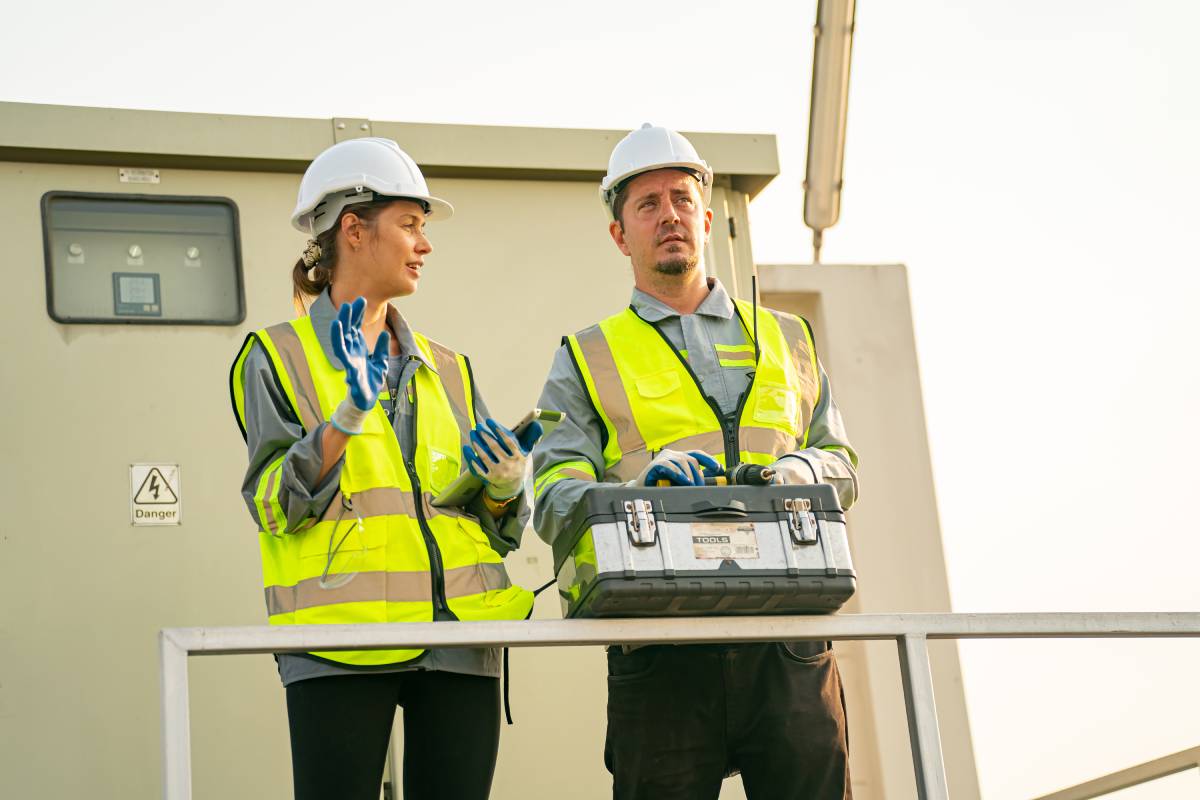A lush, green, healthy lawn is something that most homeowners will desire, but achieving one is a completely different matter. It turns out that even the best kinds of grass are actually quite picky about the types of soil they will grow effectively in, and this includes Buffalo grass. To achieve and maintain healthy growth for your lawn, you will need to have a soil pH balance of between 6.0 and 7.0, really 6.5 to 7.0 would be even more desirable. Unfortunately, this is not all that common as soil pH levels tend to vary quite drastically, especially if you have a relatively newly built home as the earth will still be settling from all the disturbance caused by the construction.

What does a high or low pH level mean for my lawn?
If the pH level in your soil is not within the acceptable range for normal plant life, then you will find that anything you attempt to grow there will have a very hard time. This might manifest as plants failing to grow very well, wilting a lot or simply not growing at all and this is especially obvious in regards to your lawn. You can install the highest quality ready to lay Soft Leaf Buffalo grass turf and it will look great for a few days, or maybe even weeks, but before too long you will start seeing discoloured patches appearing and grass beginning to wilt. Simply put, if the pH level in your soil isn’t conducive to the growth of the plant then it will be unable to draw the correct nutrients and possibly even some alkalis or acids that are harmful to it, and this will gradually kill the plant.
What can be done?
The first thing you should do is establish how bad your problem actually is. Doing so will require getting a pH testing kit which should be available at most garden centers and hardware stores and using this to figure out in which way your soil is off balance. If you have a particularly large garden then it might be worth testing samples from different locations around your lawn to make sure that there is no drastic changes in the pH level throughout your garden. Armed with this information you have two basic choices, one for mild cases and one for more severe cases.
Mild imbalance – supplements
If your soil isn’t that far of a neutral pH level that would prove ideal for your lawn, then you might be able to adjust the level by adding different kinds of fertiliser to your soil. This could be organic fertilisers such as manure, seaweed or blood, and bone, or anything from a wide range of chemical fertilisers that are available. Depending on whether your pH level is high (alkaline) or low (acidic) then you will need to treat your soil accordingly. More advice and guidance on fertilisation of soil can be found on websites of many respected turf suppliers, as well as more generally across the internet. However, attempting to change the pH level in your soil is a tricky thing to do and even tricker to maintain as the reason the level is off is usually due to the composition of the soil and after all of the new nutrients are used up, it will have reverted back to where it started. You can keep adding more fertilisers and nutrients as needed, or you can look at the other option.
Severe imbalance – replacement
If the pH level in your soil is a long way from where you want it to be, then attempting to adjust the balance in the soil is almost certainly going to prove ineffective. Instead, it is definitely wise to consider replacing your topsoil with healthy and balanced new soil. This will require you to dig out the top 20cm to 30cm of soil from the entire area that you wish to have your lawn and dispose of it. You will then need to order the appropriate volume of replacement topsoil that will come preloaded with a balanced pH level and all the nutrients and minerals your lawn will need. This will need to be raked into place and gradually be encouraged to settle in with gentle watering over a period of days before it can be seeded. This is undoubtedly a more expensive option, but this is also a more thorough option that will help to ensure the health of your lawn for many years and will actually tackle the problem, not just put a plaster over it.







